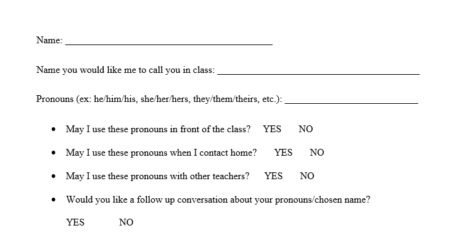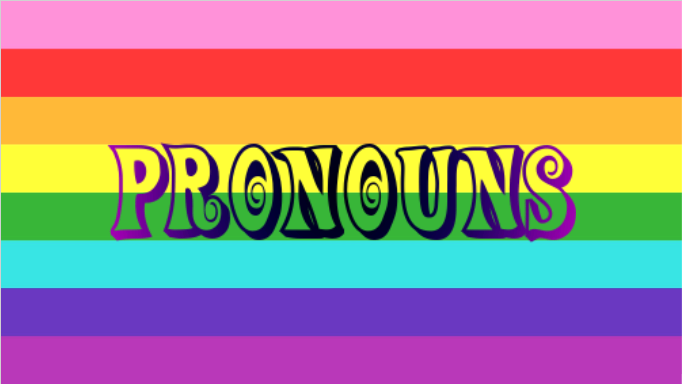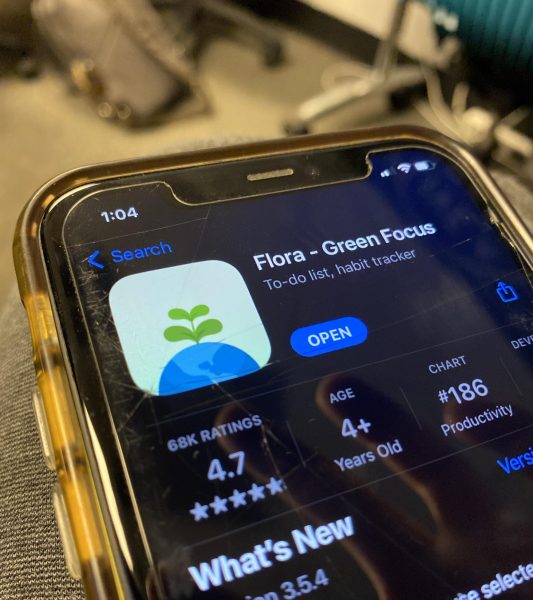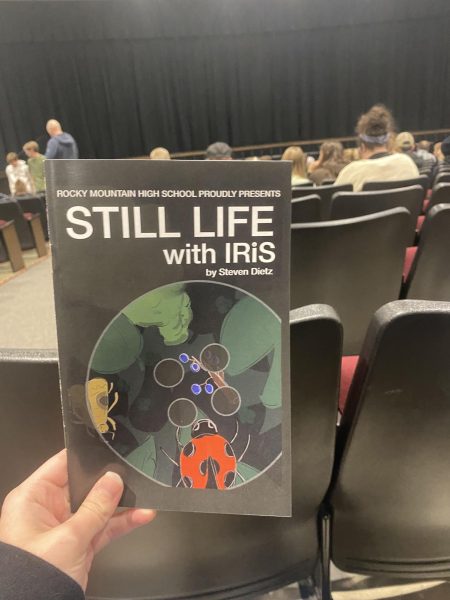Opinion: Rocky Should Implement Pronouns in Class Introductions
Implementing ways for pronouns to be communicated to teachers and classmates could help Rocky students with mental health and foster inclusion
Having methods for students to communicate their pronouns would aid student safety and help with inclusion.
At the beginning of classes, students and teachers should include pronouns in introductions and teachers should have an option for students to use names not in the school’s database. Allowing students options to express their identities and assuring a safe environment for them will help foster LGBTQ+ inclusion and help students with mental health.
Asking for pronouns during introductions will prepare cisgender students for workplace environments or daily life where they will probably encounter transgender people and help them become more inclusive. If students at this formative stage in life were taught about the importance of pronouns and had gender neutral pronouns normalized, when they meet someone later in life who is transgender they will be more accepting of them because of their positive exposure. By teaching high school students how to communicate about pronouns, then that will benefit their future friends, family, and coworkers who need to communicate about their pronouns.
A research team at the University of Texas found that when transgender students are referred to by their correct name there is a directly correlated drop in suicidal thoughts and depression. Normally transgender youth report suicidal thoughts at twice the rate of cisgender students, but with even one outlet — work, school, home — to use the correct name, the risk of a student having suicidal thoughts dropped 29%. By encouraging students to use the name that best fits their identity, Rocky could potentially save lives.
Furthermore, misgendering a student can be painful, saddening, and distracting. A student cannot be expected to focus if their identity is being undermined by peers or faculty. The Human Rights Campaign says, “A culture that readily asks or provides pronouns is one committed to reducing the risk of disrespect or embarrassment for both parties.”
By specifically disclosing who pronouns can be shared with, teachers would be educated about student safety and therefore benefit students. Often, transgender students are not out to parents, friends, or the school administration. With the option for students to disclose which of these areas they use the correct pronouns, teachers can protect student safety and privacy. Students will be more likely to share their pronouns and correct names with teachers, reducing the previously mentioned suicide risk.
Asking for pronouns and correct names is easy to implement. The personal pronoun “they” is already used in everyday life. For example, “The mailman came while you were out. Oh, what did they bring?” Nonbinary pronouns are also not grammatically incorrect according to Webster Dictionary which specifies that “they” can be used as a pronoun for someone who identifies as nonbinary.
This worksheet is easy to use, inclusive, and will help teachers get an accurate read on how to refer to students with parents and other teachers. More information about student LGBT acceptance can be found here.

This worksheet or a version of it can be easily integrated into introductions during the first few days of class.
Your donation will support the student journalists of Rocky Mountain High School - CO. Your contribution will allow us to purchase equipment and cover our annual website hosting costs.

Payton is a senior at Rocky Mountain High School. They've been on the newspaper staff for 3 years. After high school, Payton wants to work as an investigative...







Roman Chipp • Nov 21, 2019 at 10:50 am
I would love this to be included. As a transgender student myself, it’s uncomfortable having to correct a teacher when they use my given name during attendance but if I can introduce myself with my correct name and pronouns and then talk to the teacher privately about it instead of outing myself to the whole class, it would be so much better.
Darren hardy • Nov 5, 2019 at 1:42 pm
It’s important to make people feel accepted but at the same time i don’t think taking time away from a class is fair to other students, in a person wants to be addressed by a different name or by different pronouns they should make time to talk to the teacher or another student individually and not take time away from others and from the class.
Hannah Bailey • Oct 24, 2019 at 10:40 am
Yes yes and yes, this is something we really should do.